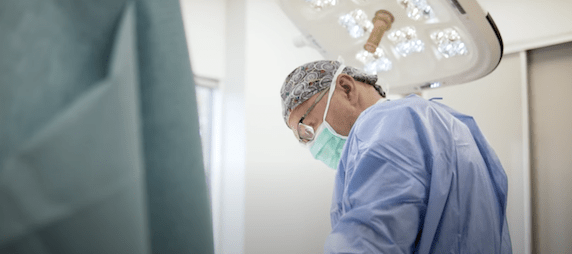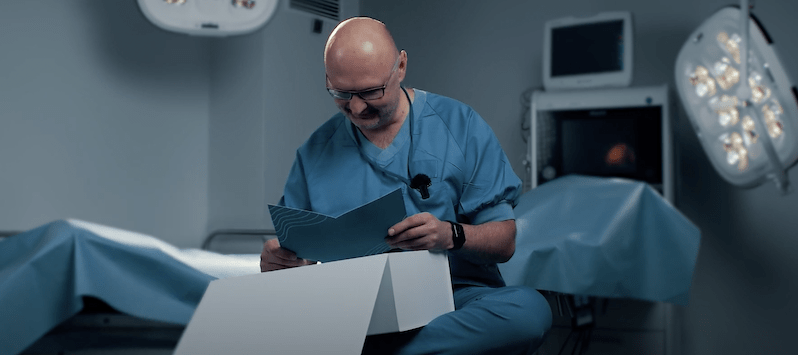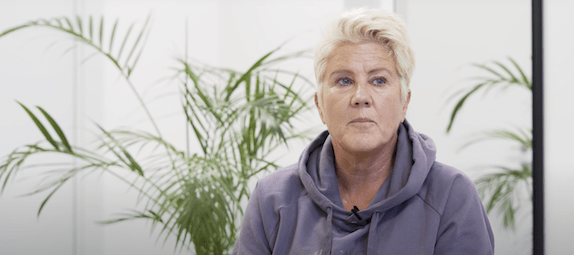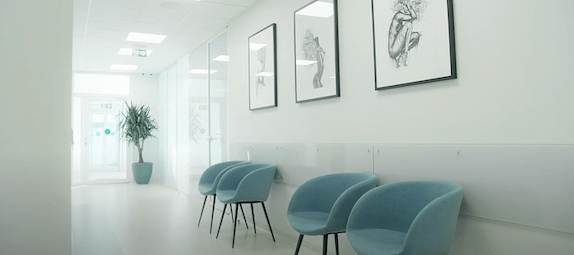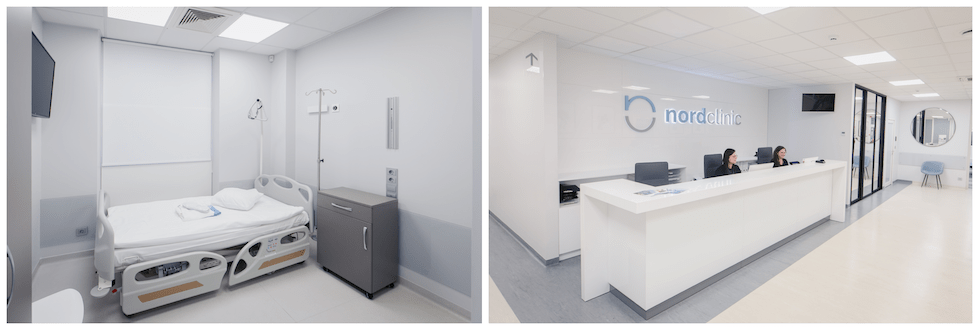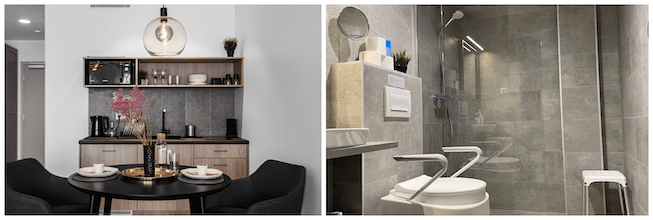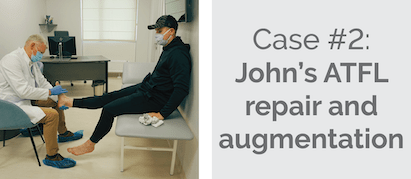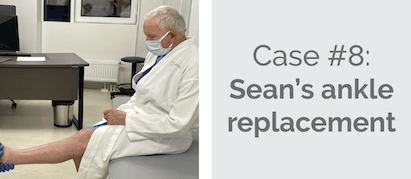Malleolar Fracture Surgery
We are one of the leading orthopaedic surgery clinics for medical tourists in the European Union. We are proud of the fact that over 90 % of our patients come from the UK, Ireland, Norway, Sweden, the United States, Canada and other countries.
Reviews & Facebook group
Our patients and clinic in the media
Prices
Price in GBP
Price in EUR
- Malleolar fracture surgery – from 2.450 £
- Ankle arthroscopy – from 1.440 £
- Ankle instability (ankle ligament reconstruction) – from 1.750 £
- Ankle impingement – from 1.550 £
- All necessary tests ( X-ray and CT performed in 1 day) – 190 £
Tests required to confirm surgery, which can be done in our clinic within 1 day: ankle X-ray and CT.
- accommodation with medical care – from 62 £ per night
- consultation with the surgeon
- necessary health tests
- surgery
- anaesthesia
- hospitalisation
- 24/7 personal assistance during your stay
- transfers to / from the airport, hotel and clinic
- all documents translated to English
Get your surgery for free by claiming a refund from your local health board. The clinic helps patients with the documents needed to claim a refund after following the EU directive route for medical treatment abroad. It applies to patients who are insured under the systems of one of the EU countries and may not get the surgery due to long waiting times.
- Malleolar fracture surgery – from 2.850 €
- Ankle arthroscopy – from 1.600 €
- Ankle instability (lateral ankle ligament reconstruction) – from 2.100 €
- Ankle impingement – from 1.800 €
- All necessary tests ( X-ray and CT performed in 1 day) – 220 €
Tests required to confirm surgery, which can be done in our clinic within 1 day: ankle X-ray and CT.
- accommodation with medical care – from 74 € per night
- consultation with the surgeon
- necessary health tests
- surgery
- anaesthesia
- hospitalisation
- 24/7 personal assistance during your stay
- transfers to / from the airport, hotel and clinic
- all documents translated to English
Get your surgery for free by claiming a refund from your local health board. The clinic helps patients with the documents needed to claim a refund after following the EU directive route for medical treatment abroad. It applies to patients who are insured under the systems of one of the EU countries and may not get the surgery due to long waiting times.
Clinic videos
Nordorthopaedics Center Of Excellence

Experienced ankle and foot surgeon V. Kimtys

- More than 20 years of working experience
- 500 ankle prosthetics performed
- 1.000 ankle fusion surgeries
- Read more
Refund for EU patients
Get your surgery for free by claiming a refund from your local health board. The clinic helps patients with the documents needed to claim a refund after following the EU directive route for medical treatment abroad. It applies to patients who are insured under the systems of one of the EU countries and may not get the surgery due to long waiting times. On average our patients from the EU countries get fully refunded by their local health board in 5 months after their surgeries.
Our clinic
Self-catered accommodation with medical care
11 reasons that make us the most popular orthopaedic clinic abroad
One of the most important factors for a quick and full recovery after surgery is proper rehabilitation. Usually, clinics are not able to offer this due to costs savings. Our patients can choose between two inpatient and outpatient options: rehabilitation with a physiotherapist of the Lithuanian national basketball team, prof. L. Siupsinskas or rehabilitation at a medical SPA.
Our team of 5 orthopaedic surgeons has 10-20 years of experience in the field in total performing over 1.000 different orthopaedic surgeries per year. Moreover, our surgeons are members of various prestigious surgical societies both Lithuanian and international. Our leading joint replacement surgeon S. Tarasevicius is an author of 150 scientific publications in different medical journals, who has performed more than 3.500 joint replacement surgeries during 15+ years of his professional experience.
We are one of the leading orthopaedic surgery clinics for medical tourists in the European Union. We are proud of the fact that over 90 % of our patients come from the UK, Ireland, Norway, Sweden, the United States, Canada and other countries.
One of the world’s leading medical technology companies and orthopaedic implant manufacturers, Smith & Nephew, have chosen Nordorthopaedics as Center of Excellence in the Baltic States.
We are trusted by our patients and we appreciate all the reviews and feedback collected over the years. Find more than 150 testimonials here or on Google.
Already more than 4.000 of our former, current and future patients joined our online community with the aim to build a space for opinions and mutual support. Members are welcome to share experiences about their visit to the clinic and to discuss all surgery-related matters. No other orthopaedic clinic can offer such group support.
Being a true member of the International Society of Arthroplasty Registries, Lithuania is one of the leaders in low joint replacement revision rates, as only 9% of surgeries in Lithuania require revision in 10 years after surgery. Moreover, with the implants used at our clinic, only 2-3% of surgeries require revision in 10 years after surgery, while revision rates in some other Western countries, for example, USA, is as high as 17% in 10 years after surgery. The implants used at our clinic have been evaluated by other countries’ registries as those ensuring longest implant life, as compared to products of other manufacturers. Moreover, thanks to our active participation in collecting data for the registries, the surgical technique used at our clinic ensures best surgical outcomes.
Our clinic is seen on different media mentions like: BBC News, BBC Radio, The Telegraph, MailOnline, Winnipeg Free Press, CTV News, CBC, RTE Radio, itv.
Our clinic works according to the highest standards set by the European Union. This helps to guarantee the quality of medical services. We care about the safety, comfort and successful results of our patients from all over the world.
The clinic helps patients with the documents needed to claim a refund after following the EU directive route for medical treatment abroad. It applies to patients who are insured under the systems of one of the EU countries and may not get the surgery due to long waiting times.
We provide customer service in 9 foreign languages including English, Swedish, Norwegian, Danish, Italian, Spanish, French, Russian, Polish. Everyone in our clinic speaks English, including nurses, assistants and the surgeon.
Athletes treated at Nordorthopaedics
Our clinic uses implants based on their performance in international registries.
Being a true member of the International Society of Arthroplasty Registries, Lithuania is one of the leaders in low joint replacement revision rates, as only 9% of surgeries in Lithuania require revision in 10 years after surgery. Moreover, with the implants used at our clinic, only 2-3% of surgeries require revision in 10 years after surgery, while revision rates in some other Western countries, for example, USA, is as high as 17% in 10 years after surgery. The implants used at our clinic have been evaluated by other countries’ registries as those ensuring longest implant life, as compared to products of other manufacturers. Read more here.
13 patients' case studies
What is malleolar fracture and what are its symptoms?
Malleolar fractures are injuries to the ankle bone. The malleolus is an anatomical structure that can be felt as a bony prominence on each side of the ankle. The ankle is prone to injuries because a lot of pressure and stress is put on the lower leg while actively moving. Malleolar fractures are usually caused by falls, twisting of the foot and ankle, or a direct blow to the ankle. Those who are severely obese, doing professional sports, have a history of smoking, or have previous fractures, are more likely to suffer from malleolar fractures. The most common symptoms of malleolar fractures are excessive pain when the area is touched, swelling or deformities of the ankle, bony tenderness, bruising, or instability when walking.
How is malleolar fracture diagnosed?
Malleolar fractures are diagnosed after taking a medical history, performing a physical examination, and diagnostic imaging tests. Doctors first ask a patient about the location of the pain and the mechanism of injury. Then follows an examination of the ankle stability, ability to bear weight, and skin integrity (determining if the fracture is open or closed). Diagnostic imaging tests include x-ray and CT scans. Ultrasound may be used to evaluate soft tissue injuries.
How is malleolar fracture treated?
Malleolar fracture management depends on the type of bone injury. Conservative treatment is indicated for stable fractures (the broken bones are lined up) with no damage to the lateral ligaments. The non-operative approach is also chosen when patients are unfit for surgery, for example having significant swelling of the ankle.
First-line treatment includes non-steroidal anti-inflammatory drugs, such as naproxen or ibuprofen, and temporary immobilization in a cast or splint. Patients are encouraged to keep the leg elevated above the heart level and use crutches when walking.
Surgery is indicated for displaced or unstable malleolar fractures. The management is addressed through two main types of surgery:
- Open reduction internal fixation surgery (ORIF) fixes severe bone fractures (displaced, unstable, or those that involve the joint). An incision is needed to re-align the bones and fixate the bone parts with metal pins, plates, and screws.
- External fixation surgery involves placing the screws into the bone parts and stabilizing them with a device that remains outside of the body.
Who is a good malleolar fracture surgery candidate?
A good malleolar fracture surgery candidate is someone with a displaced or unstable ankle fracture. Because surgery involves an open approach and internal or external fixation of the bones, the soft tissues must be in a good condition, meaning not swollen or inflamed. Patients with poorly controlled diabetes, impaired blood circulation, or significant swelling, may not be eligible for the surgery.
How is malleolar fracture surgery performed?
Malleolar fracture surgery is performed under general anaesthesia, meaning that a patient is put to sleep and does not feel pain or discomfort. The surgery takes approximately 2 hours to complete. The exact surgical approach depends on the type, location, and number of bone fractures.
During an open reduction internal fixation (ORIF) surgery, an orthopaedic surgeon makes an incision to access the fractured bones. Then he repositions the bone fragments into their normal position and uses screws and a plate to fixate and keep them in place. The surgeon may use a bone graft to act as a scaffolding for the new bone to grow.
During an external fixation surgery, an orthopaedic surgeon uses special medical drills to make a few holes into the undamaged areas of bone around the fracture. Then, he screws the special bolts into the holes and joins them with the rods outside of the body. This supportive structure is called an external fixator and it can be adjusted to ensure proper alignment of the bones.
Possible complications
Malleolar fracture surgery is known to provide a satisfying surgical treatment. However, postoperative complications may happen despite the effort of the surgeons and medical personnel. The possible complications include infection, bleeding, nerve damage, blood clots, the bones remaining out of position, and irritation of the adjacent tissues. Reoperation is occasionally required to ensure complete pain relief and full improvement of functions.
Recovery and rehabilitation after surgery. Returning to sports and other activities
Generally, bones heal in approximately 6 to 12 weeks. The screws and plates may remain in the ankle or can be taken out during a second surgery in about 4 to 6 months after the initial surgery. Patients have to wear a cast or a splint and walk with crutches for around 6 to 10 weeks. If the external frame was used, it can be taken out in the doctor’s office without anaesthesia. Extended protection is needed after the removal of the external fixation device because fractures have been known to occur at the drill sites. The patients have to avoid putting weight on the treated ankle for 4 to 10 weeks (depending on the severity of the trauma). Daily activities, like driving, can be resumed in 3 to 4 months, but rigorous sports should be postponed for up to a year.
After surgery, patients stay in the clinic for at least 24-48 hours. During this time, our medical team takes diligent care of a patient. Pain and discomfort is managed with intravenous medications, so the patient rests and recovers without discomfort. The operated leg is kept non-weight-bearing and elevated when possible to minimize swelling.
After 3 weeks post-op, patients begin physical therapy which is a crucial part of a successful recovery. The exercises focus on joint mobilization techniques, gait training, and soft stretching. The goal of this recovery stage is to gain independence with a home physical therapy programme and exercise daily to improve the range of motion and gait.
The goal of this recovery stage is to gain good balance and control on the involved leg and return to all daily activities (not sports). The exercises include single-leg activities, resistive exercises, and weight-bearing.
Provided all recovery goals are met, the patient may gradually return to low-impact sports (e.g. cycling, rowing, or swimming). In 4 to 6 months patients may progress to high impact or contact sports (e.g. basketball, tennis, or boxing).
Send us your enquiry




